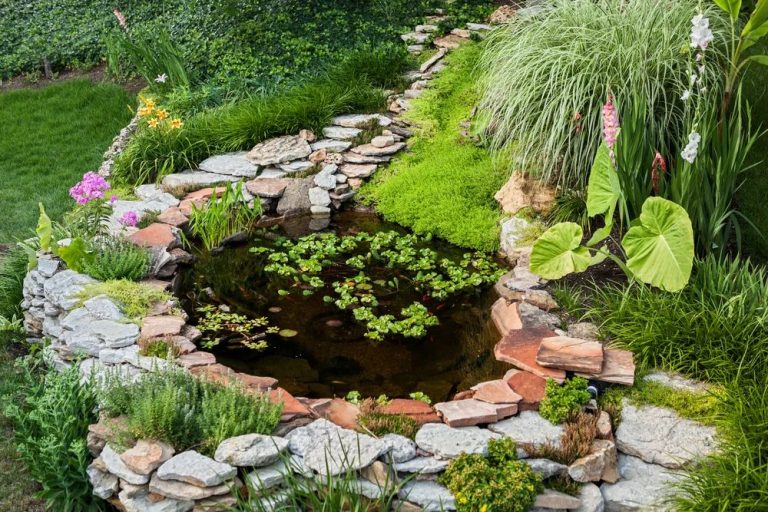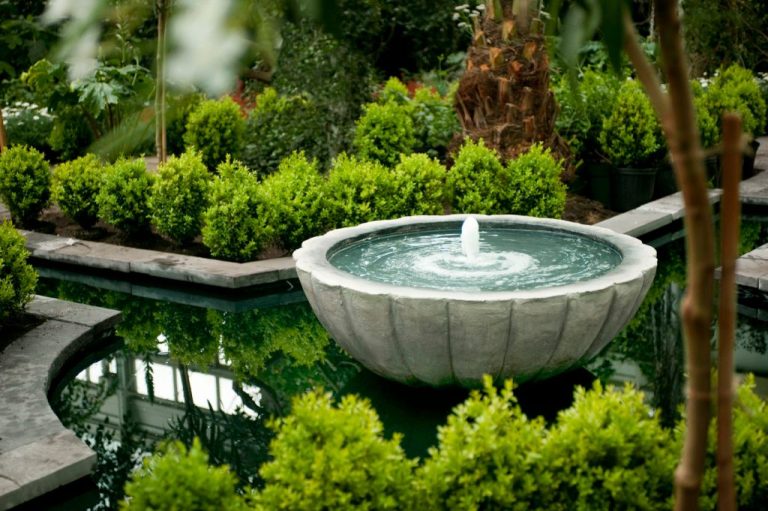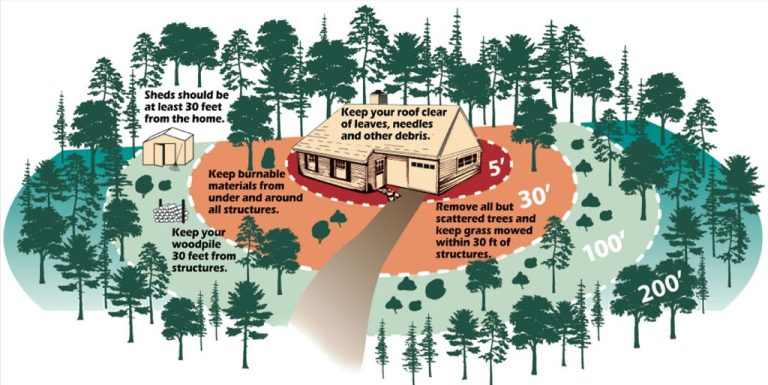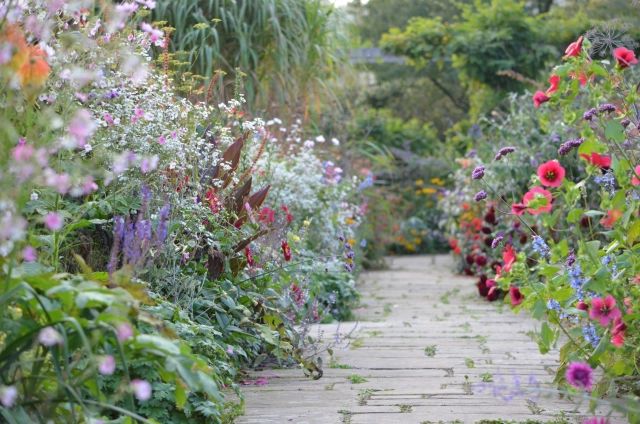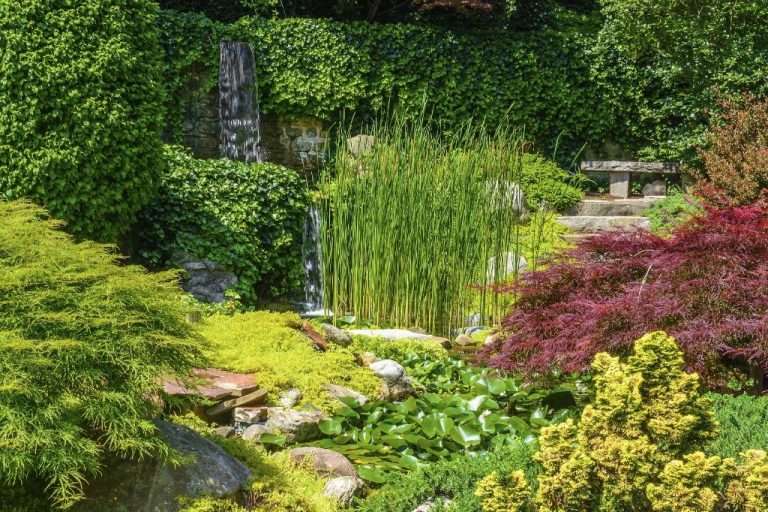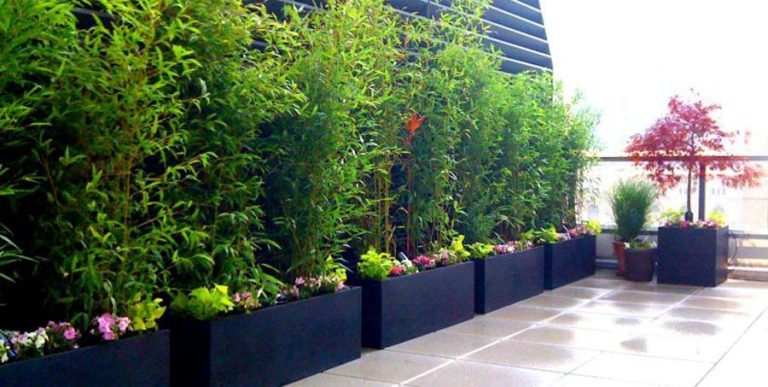Tropical Garden Design: Bringing The Tropics To Your Backyard
Tropical garden design brings the lush beauty of the tropics to backyards and outdoor spaces. Tropical gardens feature exotic, vibrant plants with large, dramatic foliage that evoke a sense of paradise and relaxation. Though associated with equatorial regions, tropical garden elements can thrive in many temperate climates as well. This style of garden design creates an oasis and provides unique visual interest.
The benefits of a tropical garden include:
- Vibrant colors from flowers, fruits, and foliage
- Unique shapes and textures from tropical plant varieties
- Fragrant flowers and foliage
- Lower maintenance than traditional gardens
- Ability to create a staycation atmosphere
However, tropical garden design also comes with some challenges:
- Many tropical plants are not cold hardy and require overwintering indoors
- More intensive watering requirements for tropical plants
- Potential for invasive tropical plant species to spread
- Higher cost for tropical plants and landscaping materials
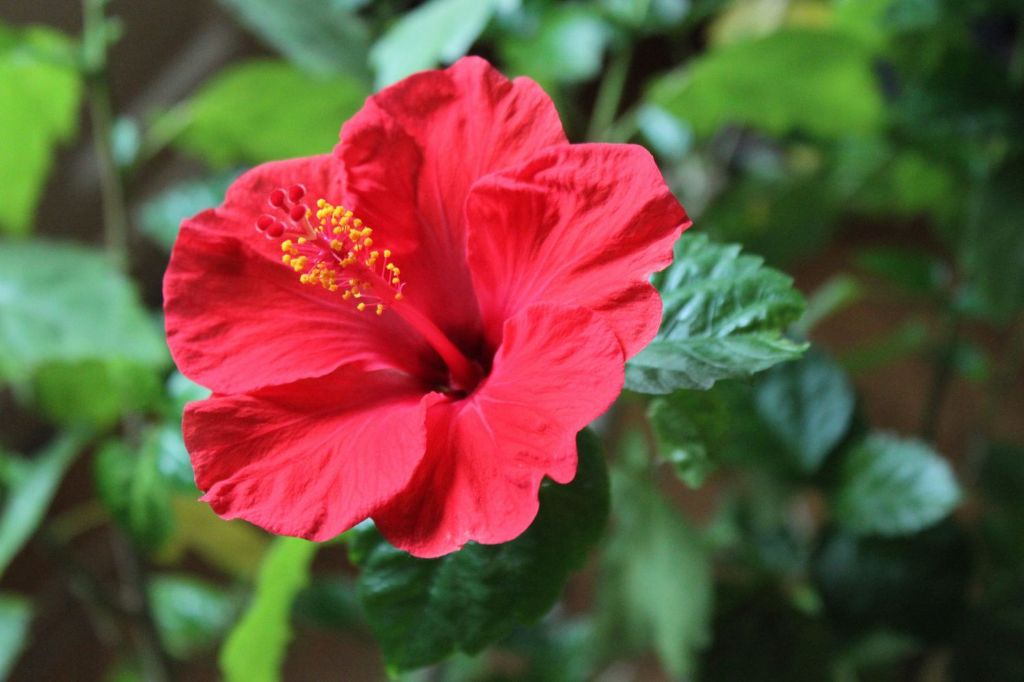
With good planning and plant selection, these hurdles can be overcome to create a stunning and relaxing tropical garden retreat.
Choosing Tropical Plants
When choosing tropical plants for your backyard garden, focus on varieties that are suitable for your climate and growing conditions. Some of the most popular tropical plants for backyard gardens include:
Elephant ears (such as Alocasia ‘Coffee Cups’ and Colocasia ‘Heart of the Jungle’) – The large, exotic leaves of elephant ears make a stunning tropical statement. They grow best in zones 8-11.
Canna lilies (Canna ‘Toucan’) – Known for their bright, bold flowers, canna lilies thrive in humid, hot climates. Look for mildew-resistant varieties.
Bromeliads – Choose colorful varieties like the flamestar bromeliad for a touch of the tropics. Many bromeliads are also happy houseplants.
Hibiscus – Tropical hibiscus come in many bright colors and can be grown in containers. Rich soil and plenty of moisture keeps them happy.
Other considerations when selecting tropical plants include sunlight requirements, size at maturity, and cold hardiness. Focus on plants suited for your specific growing zone and landscape conditions for the best results.
Creating a Tropical Theme
Creating a cohesive tropical theme that transports you to a tropical paradise is key for a backyard tropical garden. This involves using a combination of structures, artwork, lighting and more to establish a tropical atmosphere. Some ideas include:
Structures like pergolas, arbors, or tiki huts help establish a tropical vibe. Use natural materials like bamboo or wood for an authentic look. Adding thatched roofs also enhances the tropical theme.
Incorporate artwork like metal palm trees, bamboo fountains, Polynesian tikis, or ceramic planters modeled after pineapples or coconuts. Wind chimes and drums can add to the island soundtrack.
Strategic lighting transforms a space come nightfall. String lights in palm shapes or opt for Tiki torches. Uplighting in trees creates a dramatic look. Landscape lighting along paths provides safety and ambiance.
For hardscaping, use pavers or bricks in shapes and colors reminiscent of waves, sand or shells. Incorporate materials like crushed shells or coral instead of mulch. Add a mural on walls or the side of a building for a tropical backdrop.
With some creativity and strategic touches, your backyard can truly capture the essence of the tropics no matter where you live.
Caring for Tropical Plants
Tropical plants require special care to thrive in temperate backyard gardens. The three key elements to focus on are soil, sunlight, and water requirements.
Many tropical plants prefer soil that is moist but also well-draining. Amend existing soil with ample organic matter like compost or peat to improve moisture retention and nutrients. A soil pH between 5.5-7.0 is ideal for most tropicals (https://www.alsipnursery.com/how-to-care-for-patio-tropical-plants-and-bring-them-indoors/).
Most tropical plants need lots of bright, direct sunlight to mimic their native habitats. Place containers and garden beds in the sunniest spots. Supplement with grow lights if needed. Avoid more than 2-3 hours of shade per day.
Tropical plants require frequent watering, especially in pots which dry out quickly. Target moist but not soggy soil. Installing drip irrigation can help maintain ideal moisture levels. Allow the top inch of soil to dry between waterings and avoid wet foliage.
Common mistakes include insufficient sunlight, irregular watering leading to dryness or root rot, and skipping fertilizer which tropicals need in abundance. Acclimate indoor plants slowly when moving outside to prevent shock.
Overwintering Tropical Plants
For gardeners in colder climates, overwintering tropical plants can extend the life and enjoyment of these heat-loving specimens. Strategies for overwintering tropical plants focus on protecting them from freezing temperatures and providing enough light and humidity to keep them happy through the winter months.
The most common overwintering method is to bring potted tropical plants indoors before the first frost. Select a bright, warm spot indoors near a sunny window. Temperature is key – tropicals will suffer below 50 degrees Fahrenheit. Provide adequate water and humidity. Misting leaves regularly or placing pots on pebble trays can boost humidity. Prune plants back by 1/3 to reduce growth and water needs. Rotate plants periodically so all sides get sunlight.
For plants too large to move, construct a cold frame or temporary greenhouse-like structure using plastic sheeting hoops and tarps. Make sure temperatures stay above freezing inside. Remove side panels on sunny days to provide light and ventilation. Insulate potted plants by surrounding with bags of leaves, straw or compost. Hang holiday lights under plant canopies for extra warmth. Mulch around in-ground plantings heavily.
According to The Spruce, some great tropical candidates for growing indoors in winter include angel’s trumpet, banana tree, begonia, and mandevilla. With proper care, your tropical plants can survive the off-season and be ready for their chance to shine next summer.
Landscaping and Hardscaping
Adding pathways, water features, and garden structures are great ways to enhance the tropical theme in your backyard garden design. Gravel or stone pathways are a low maintenance way to guide visitors through your tropical oasis. Curving pathways lined with lush, tropical plants create a natural yet polished look (Houzz).
Ponds, fountains, or small waterfalls not only add ambiance with the soothing sound of moving water, but they also increase humidity, which many tropical plants thrive in. Consider adding a small pond with a recirculating waterfall or fountain as a focal point in your tropical garden. Surround it with vibrant plantings like elephant ears, bromeliads, and palm trees (Pinterest).
For structure, arbors, pergolas, or trellises made from natural materials like wood or bamboo are ideal for lending a tropical vibe. Use them to display climbing tropical plants like passionflower and bougainvillea. A tiki hut, cabana, or open-air pavilion also makes a fun addition for creating an exotic getaway right at home (Houzz).
Adding Wildlife
An essential part of creating a lush, tropical oasis in your backyard is attracting wildlife that enhances the jungle atmosphere. Certain birds, butterflies, and frogs native to tropical regions can make your garden feel like a slice of the rainforest. Here are some tips for attracting tropical wildlife to your backyard:
Aim to incorporate native plants that provide food sources, like nectar-producing flowers and fruiting shrubs and trees. Some great options include hibiscus, lantana, butterfly bush, pineapple guava, and citrus trees. Be sure to include both perennials and flowering annuals to provide blooms year-round (Source).
Safety Considerations
When creating a tropical garden, it’s important to keep safety in mind, as some tropical plants and animals can pose hazards if proper precautions aren’t taken.
Many popular tropical plants like hibiscus, plumeria, and orchids are harmless. But others like oleander, angel’s trumpet, and caladium contain toxins that can be dangerous to people and pets if ingested. Azaleas, sago palms, and other plants also make the list of poisonous tropical foliage. Do your research before selecting plants and situate toxic varieties out of reach.
Venomous animals like snakes, spiders, and scorpions thrive in tropical environments. Eliminate hiding spots around the garden’s perimeter, wear protective clothing and shoes outdoors, and landscape with plants that repel pests. At night, use motion-sensor lighting to deter unwanted critters.
The tropical sun’s UV rays can quickly burn unprotected skin. Wear sunscreen, lightweight long sleeves and pants, and a wide-brim hat when gardening. Seek shade under a patio cover or umbrella when taking breaks. Also beware of heat-related illnesses like dehydration.
In addition to sun protection, a well-lit garden deters crime. Outdoor lighting illuminates paths and accentuates your tropical oasis at night while ensuring safety and security.
With some preventative measures, you can soak in the tropics worry-free and make the most of your backyard paradise.
Year-Round Interest
Bringing the lush, verdant colors of the tropics to a backyard garden doesn’t need to be a summer-only affair. With careful plant selection and strategic techniques, you can extend the tropical garden’s beauty to a nearly year-round delight. According to Proven Winners, the key is choosing a variety of plants that offer staggered bloom times, interesting foliage, or other eye-catching features during each season.
Focus on plants like hibiscus, mandevilla, bougainvillea, and lantana for non-stop blooms in summer and fall. Then complement them with elephant ears, crotons, coleus and other vivid foliage plants. The bold shapes and colors of these leaves remain even after blooms fade. To boost winter appeal, add evergreen shrubs like podocarpus and camellias. Conservatory and indoor tropicals can be moved outside during warm months too. With the right mix, something eye-catching will always be in bloom or color.
Beyond plants, also incorporate hardscaping features like fountains, gazing balls, tiki torches, and patio umbrellas. These provide year-round visual interest and tie the theme together. Lighting allows the garden’s unique textures to shine even on winter nights. Finally, leave healthy seed heads and stems standing for winter silhouettes and food sources for birds. A bit of planning goes a long way to extending tropical beauty and transporting you to paradise all year!
Bringing the Tropics Home
A tropical garden is a wonderful way to bring a relaxing, exotic vibe to your backyard. The key elements for creating a successful tropical garden design include choosing the right plants, incorporating themed hardscaping and accessories, and providing the proper care and maintenance.
When selecting plants, focus on varieties that originate in tropical climates like hibiscus, palms, elephant ears, and orchids. Using plants with large, dramatic leaves or colorful flowers will maximize visual impact. Be sure to consider the sunlight and soil conditions in your yard when choosing plants.
Beyond plants, enhance your tropical theme with hardscaping like tiki torches, bamboo fencing, gravel or stone pathways, and water features. Decorative accents like bird of paradise statues or pineapple wall art also help establish the mood. For maintenance, tropical plants need warm temperatures, consistent moisture, and good drainage. Mulch and fertilizer will nurture plants while protecting them in cooler seasons.
With the right mix of plants, structures, accessories, and care, you can create your own serene tropical getaway right at home. Aim for lush, vibrant, and playful elements that evoke relaxation and the easygoing vibes of an island resort. Before you know it, your backyard will feel like a tropical oasis.

